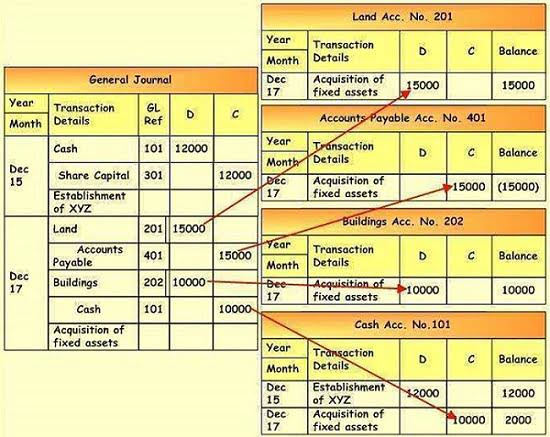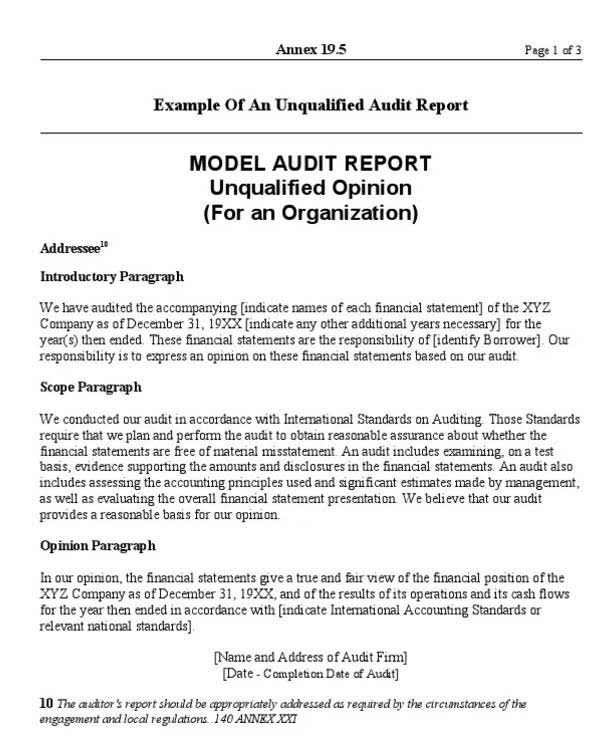
The bottom line reports the overall change in the company’s cash and its equivalents over the last period. The difference between the current CCE and that of the previous year or the previous quarter should have the same number as the number at what is cash flow from assets the bottom of the statement of cash flows. Greg purchased $5,000 of equipment during this accounting period, so he spent $5,000 of cash on investing activities. Purchase of Equipment is recorded as a new $5,000 asset on our income statement.
Prepare the Statement
Companies with strong financial flexibility fare better, especially when the economy experiences a downturn, by avoiding the costs of financial distress. Cash flow statements are powerful financial reports, so long as they’re used in tandem with income statements and balance sheets. Increase in Accounts Receivable is recorded as a $20,000 growth in accounts receivable on the income statement.
The new security standard for business payments
It’s an asset, not cash—so, with ($5,000) on the cash flow statement, we deduct $5,000 from cash on hand. Meaning, even though our business earned $60,000 in October (as reported on our income statement), we only actually received $40,000 in cash from operating activities. So, even if you see income reported on your income statement, you may not have the cash from that income on hand.

Cash Flow Statement: Explanation and Example

Essentially, the accountant will convert net income to actual cash flow by de-accruing it through a process of identifying any non-cash expenses for the period from the income statement. The most common and consistent of these are depreciation, the reduction in the value of an asset over time, and amortization, the spreading of payments over multiple periods. For instance, when a company buys more inventory, current assets increase. This positive change in inventory is subtracted from net income because it is a cash outflow. There was no cash transaction even though revenue was recognized, so an increase in accounts receivable is also subtracted from net income. Working capital represents the difference between a company’s current assets and current liabilities.
ROI Calculation in Managerial Accounting
- A few of the items included in this section are accounts receivable, accounts payable, and income taxes payable.
- These assets are also not regulated like other investment assets, like stocks and bonds.
- When a company reports consolidated financial statements, the assets of the preceding line will include the investment activities of all sub-companies included in the combined results.
- The cash flow statement is reported in a straightforward manner, using cash payments and receipts.
- When these two ratios diverge, it is a sign that cash flow and net income are not aligned, which is a point of concern.
Refinancing high-interest debts can reduce interest payments, leading to more cash remaining in the business. In exchange, the insurance company agrees to make periodic payments to you for a set period. Many people typically use annuities to get a steady stream of income in retirement.
How to Build a Statement of Cash Flows in a Financial Model
Analyzing changes in cash flow from one period to the next gives the investor a better idea of how the company is performing, and whether a company may be on the brink of bankruptcy or success. The CFS should also be considered in unison with the other two financial statements (see below). The direct method adds up all of the cash payments and receipts, including cash paid to suppliers, cash receipts from customers, and cash paid out in salaries.

Analysts look in this section to see if there are any changes in capital expenditures (CapEx). The price-to-cash flow (P/CF) ratio is a stock multiple that measures the value of a stock’s price relative to its operating cash flow per share. This ratio uses operating cash flow, which adds back non-cash expenses such as depreciation and amortization to net income.
- This excludes cash and cash equivalents and non-cash accounts, such as accumulated depreciation and accumulated amortization.
- Like many small business owners, you’re probably searching for ways to improve cash flow.
- The CFS measures how well a company manages its cash position, meaning how well the company generates cash to pay its debt obligations and fund its operating expenses.
- Cash Flow From Investing Activities is one of the categories of cash flow.
- The articles and research support materials available on this site are educational and are not intended to be investment or tax advice.
- Fund a futures account by August 31, 2024 and earn up to $250 in commission rebates for 90 days.
- What it doesn’t show is revenue or expenses, or any of the business’s other cash activities that impact your company’s day-to-day health.
- Overall, the cash flow statement provides an account of the cash used in operations, including working capital, financing, and investing.
- If a company has enough FCF to maintain its current operations but not enough FCF to invest in growing its business, that company might eventually fall behind its competitors.
- A business with an extremely high cash flows to total assets ratio might still report a loss on the income statement for the year.
- GoCardless can help by collecting payments directly from customer bank accounts on the day they’re due.
- As we have discussed, the operating section of the statement of cash flows can be shown using either the direct method or the indirect method.
If you’re a startup burning cash, you’ll need to pay attention to your burn rate.

Management can use this ratio to prepare budgets and future performance predictions. In other words, management can use this ratio to help estimate the availability of cash in future periods based on projected operations. It captures all the positive qualities of internally produced cash from a company’s operations and monitors the use of cash for capital expenditures. There are two forms of accounting that determine how cash moves within a company’s financial statements. Investors typically monitor capital expenditures used for the maintenance of, and additions to, a company’s physical assets to support the company’s operation and competitiveness.